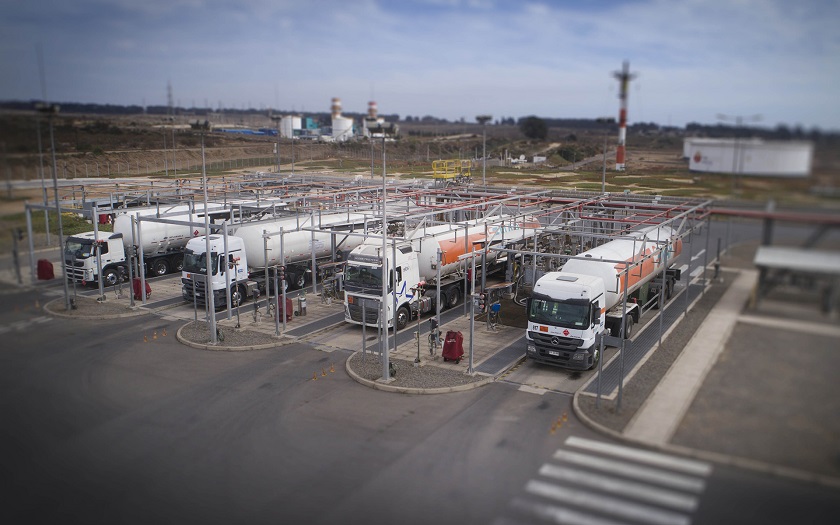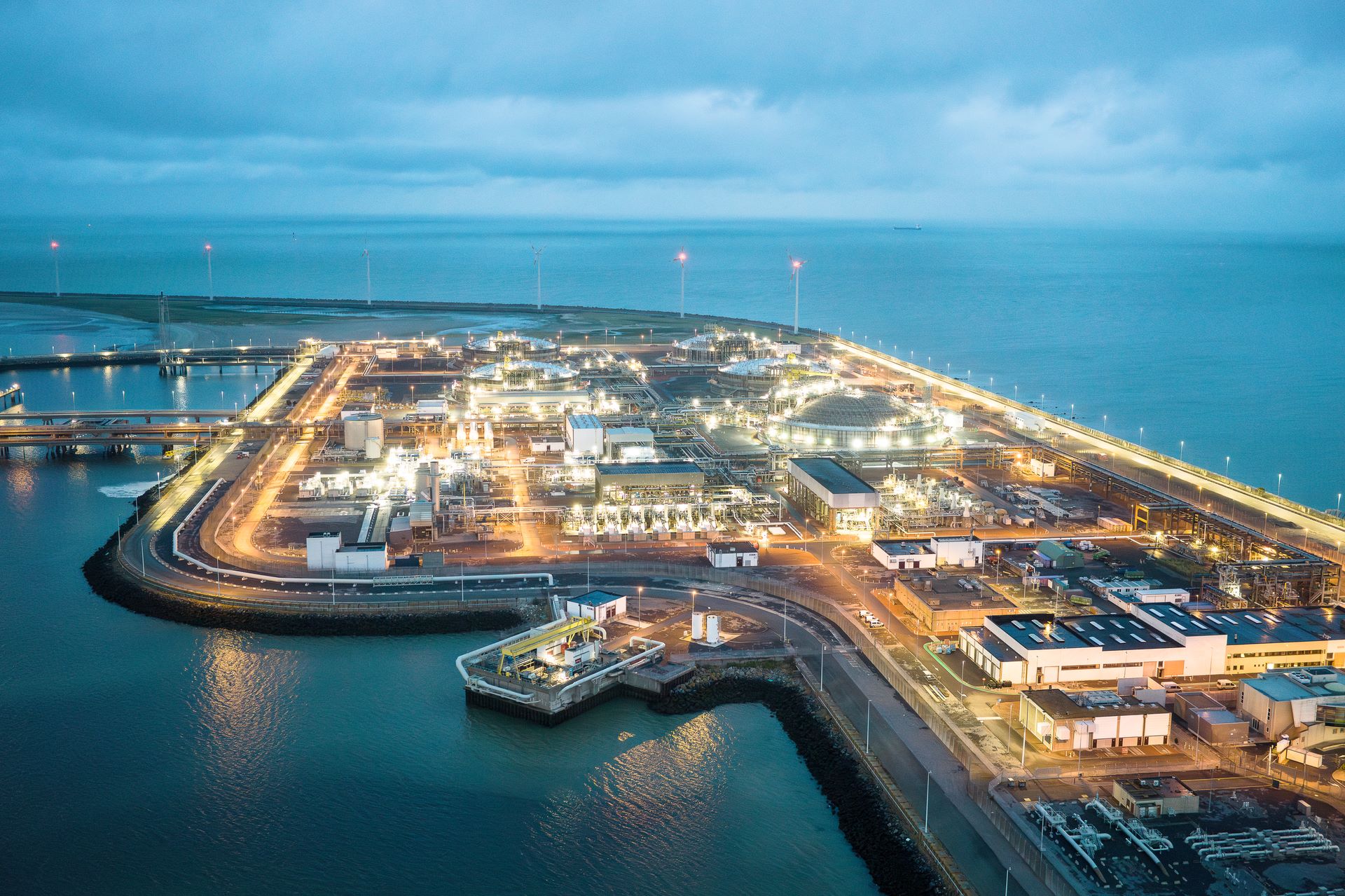Inerting & cooling down LNG carriers
Prepare your LNG carrier for loading
Product description
Inerting
In order to guarantee the highest level of safety, oxygen must be evacuated from the tanks of LNG carriers before every LNG loading operation.
This inerting service is available at Zeebrugge and Dunkirk : the oxygen in LNG carriers is evacuated and replaced by nitrogen (N2). The nitrogen must be purchased beforehand and supplied by truck.
The inerting service is not mandatory. As an alternative, the tanks of any LNG carrier to be loaded with LNG can be placed under a natural gas atmosphere, with the following specifications:
- maximum 1 ppm H2O vapour
- maximum 100 ppm CO2
- maximum 100 ppm O2
Cooldown
The tanks of LNG carriers have to be cooled very slowly so that they reach a good temperature for loading. Cooldown can take +/- 12 hours.
The cooldown service is not mandatory. However, the tanks of the LNG carriers must be cold enough to permit loading:
-110°C : MOSS LNG carriers
-130°C : Membrane LNG carriers
Vapour return
The cooldown of LNG carrier tanks produces vapour, which must be evacuated and reinjected into the natural gas grid.
Not yet a customer?
Also interesting
Useful links for you
-
LNG Belgium
 Our Products
Our Products -
Become a LNG shipper in Zeebrugge
Become a LNG shipper
-
TandC_FluysLNG - LNG
Terms & Conditions
-
Tariff_FluxysLNG-LNG
Tariffs
-
Consultations - Zeebrugge LNG
 Market Consultation
Market Consultation -
Maintenances BE
Maintenance
-
Electronic Data Platform
MyFluxys
-
Operational Information Fluxys LNG
 Operational Information
Operational Information -
Flx-LNG-transparency-requirements
 Transparency requirements
Transparency requirements
Your point of contact
- Commercial team
- Dispatching
- Questions relating to our LNG services?
- Dunkerque LNG







